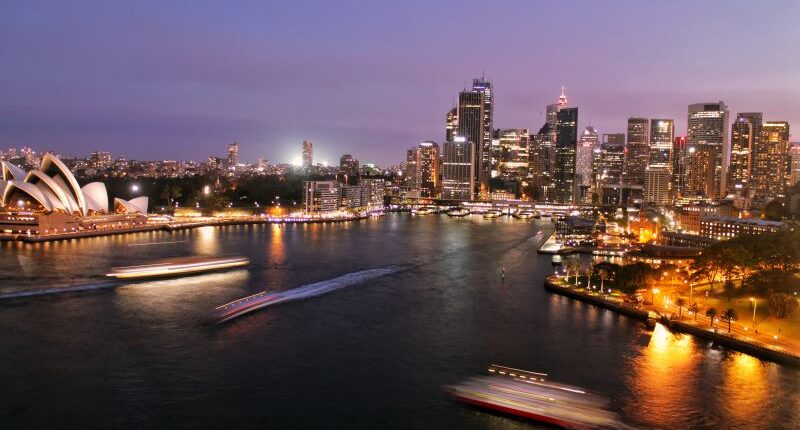- Office rents are rising across Australia, led by Sydney, Brisbane, Adelaide and Perth
- Sydney's CBD recorded a 2.9% increase in prime net effective rents last quarter
- Brisbane, Perth, and Adelaide experienced significant growth in their CBD office markets
Office rents are continuing to drift higher across the country, led by Sydney, Brisbane, Adelaide and Perth according to a new report.
According to Cushman & Wakefield’s quarterly Office Marketbeat, higher-quality supply, steady tenant demand and the impact of inflation drove rents higher over the past three months in most capital city markets.
Cushman & Wakefield’s Head of Research Australia and New Zealand, Dominic Brown, said: “We’re seeing prime CBD office rents continue their upward trajectory in most markets across Australia, with Sydney setting the pace in the new year.”
“While demand for office space in Australia’s largest office market remains stable, the time between inquiry and decision is being extended. Tenants are more discerning given the uncertain economic conditions, and incentives remain higher as a result.”
Sydney’s CBD, recorded a 2.9% increase last quarter, with prime net effective rents rising from $930 to $960 per square metre, driven by new, higher quality buildings coming online and a larger share of premium grade buildings in the prime basket.
This helped take the rolling annual increase in effective rents to 6.9% including a 7.7% rise in face rents. Major leasing deals during the quarter included law firm, Ashurst, securing more than 10,000 sqm at 39 Martin Place.
Melbourne remains steady
Prime effective rents in the Melbourne CBD rents were steady and a slower return to work has kept incentives stubbornly high.
Across Victoria, there was a 30% jump in occupier enquiry, as tenants leverage favourable conditions. With a number of significant leasing transactions in the pipeline, confidence is expected to grow over 2023 as occupiers continue to seek out high-quality accommodation to attract and retain staff the report said.
During the quarter, premium gross face rents in Brisbane’s CBD jumped 2.1%, climbing from $965 per sqm to $985 per sqm. This was largely driven by the uptick in face rents while incentives remained mostly unchanged. This supported a rolling annual increase in prime gross effective rents of 10.2%, the largest increase of all states. Cushman & Wakefield agents note that with limited supply forecast over the next three years it’s expected that tighter vacancy will place upward pressure on rents.
Growth in Perth
Steady year-on-year growth in the Perth CBD office market of 6.3% was supported by a 4.5% increase in prime net effective rents in Q1, lifting from $370 to $380 per sqm. According to Cushman & Wakefield, leasing activity is growing, particularly for pre-fitted space given rising construction costs. Signs that incentives have peaked also appeared during the quarter.
Adelaide demand continues
Adelaide CBD prime net effective rents increased by 3.5% in Q1, moving from $255 to $264 per sqm. This led to a YoY increase of 8.0%. Demand for quality stock remains high across the Adelaide CBD market, with the largest deals during the quarter being pre-commitments for upcoming buildings. This included Services Australia pre-committing to 28,500 sqm at 60 King William Street and DPTI securing 18,500 sqm at 83 Pirie Street. Meanwhile, prime net effective rents in the Melbourne CBD were flat in Q1 and retraced moderate earlier gains to settle at $410 per sqm. Amid higher year-on-year inquiry and net absorption in the prime segment, incentives have stabilised.
While rents were steady, the report found that during similar past cycles, the CBD experienced greater reductions in prime net effective rents. That’s providing confidence for occupiers to welcome a return of activity across 2023.
Cushman & Wakefield’s Research Manager, Queensland, Jake McKinnon, said: “While we’re seeing variation across CBD markets and at a building level, the trend is clear. Demand is continuing to build in most locations, with premium buildings and inflationary conditions pushing rents higher.”
“With larger tenants generally slower to commit, fitted-out speculative suites are providing the most activity among smaller occupiers. Prime quality space continues to experience solid absorption at the detriment of secondary stock.”








